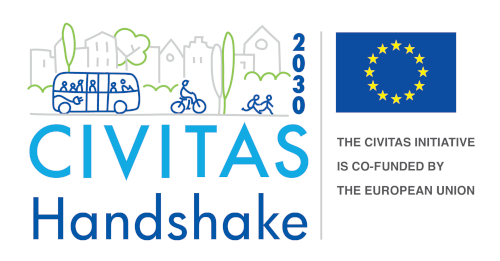Infrastructure and Services
Cycling Infrastructure Design
The design of cycling facilities can often be a weakness - even where there is the political will and funding to implement improvements. The introduction of new sub-standard routes can be frustrating to users, and potentially damage the reputation and value of cycling investments. Good practice is increasingly commonplace, with particularly well known examples from our Cycling Capitals. Amsterdam and Copenhagen will work together in Handshake to bring contrasting approaches from the Netherlands and Denmark together for the first time in a project, advising a number of cities what is most appropriate and deliverable in their own context.
Bigger and better cycling facilities
Both Amsterdam and Copenhagen can help cities be ambitious and pre-empt the cycling success that well designed, high quality facilities bring. Our cities will learn about using innovative engineering solutions to tackle the challenges of intersections and segregating routes, whilst providing enough capacity to comfortably cater for future increases in cycling numbers.
Cities using this solution
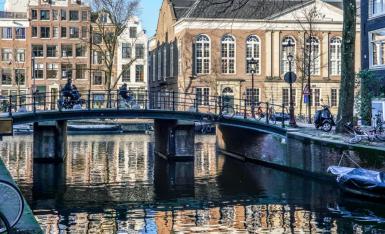
Leader: Amsterdam
Wider and higher capacity bike lanes, smaller car lanes. Amsterdam wants to increase cycling speeds. It’s getting more crowded by increasing demand for cycling infrastructure. With reconstructions Amsterdam gives more space to cyclists and less to cars. But in the historic inner city with its very narrow streets it is physically impossible to create more space for cyclists. Within Handshake, Amsterdam wants to investigate the possibility of new (dynamic) divisions of road space.
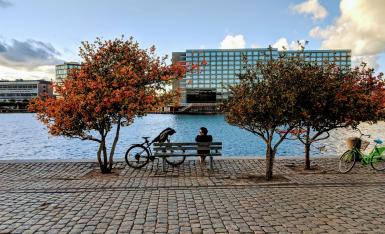
Leader: Copenhagen
Copenhagen has high-quality bicycle infrastructure in most parts of the city. Bicycle infrastructure in Copenhagen currently includes approximately 382 km of kerb-segregated cycle tracks, 33 km of on-street cycle lanes and 63 km of off-street green bicycle routes running through parks and other green areas
Copenhagen has also developed a design manual for all cycling-related infrastructure. The manual sets standards to intersections, curb-segregated cycletrack, signage, Cycle Super Highways etc. This makes the process from planning to implementation shorter.

Follower: Bordeaux
Bordeaux Métropole has at its disposal a guide on public area planning which is the reference for the road system designers. They would like to update the cycling planning part on the basis of new standards that they could learn through Handshake. The objective must be to create wider and higher capacity bike lanes and smaller car lanes.
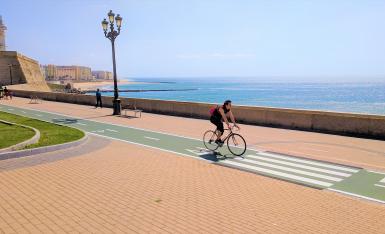
Follower: Cadiz
Cadiz master plan, which is pending elaboration, collects among its strategic lines of action a "Cycling Network Planning". This is the perfect occasion to learn from Copenhagen about infrastructure standards for cycling lanes and intersection design

Follower: Helsinki
Helsinki has a bicycle network plan covering the entire city including cycle highways, which they are building piece by piece. They need guidance and advice on systematically achieving high standards and quality in infrastructure design and implementation. They have their eyes set on Copenhagen - how they managed to build their network and what they are doing now.
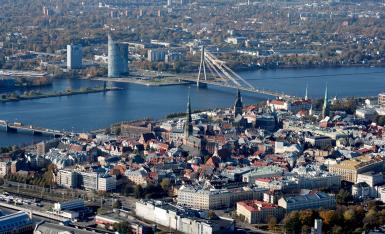
Follower: Riga
Concerning the reduction of car mobility, Riga continues to create a detailed long-term action plan on how to ensure that progressive priority is given to cycling transport. Firstly, it is necessary to make a logical car and bicycle route network, not to burden additionally the already overloaded transport network. Secondly, new, wise and innovative solutions would be necessary to apply within Riga city, taking into account the current street planning.
